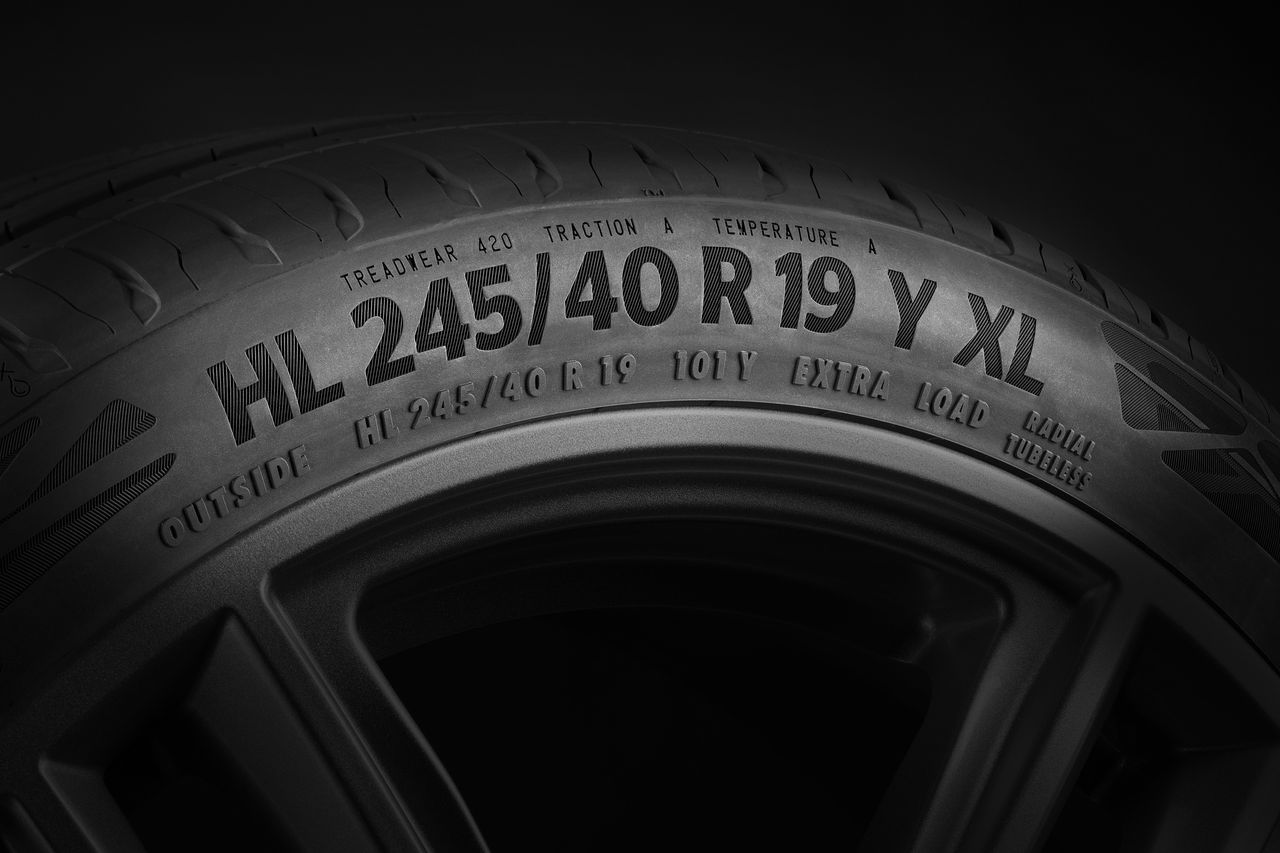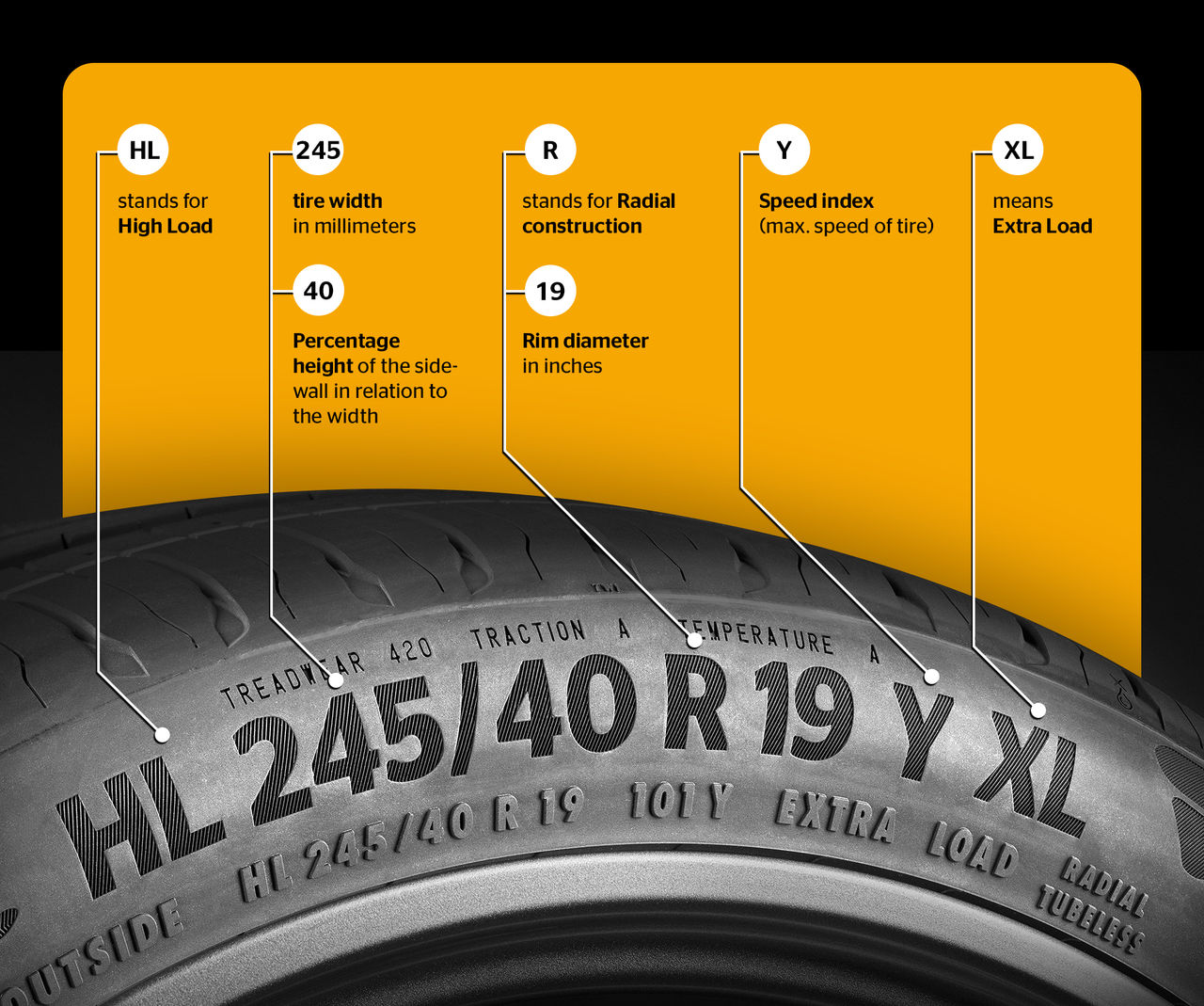
# Tyre Knowledge
Reinforced tyres
How do they work and when to use them

What are reinforced tyres and how do they work
Tyres do more than just connect your car to the road — they carry the weight of everything inside it. But what happens when that weight increases?
Whether you're driving an SUV, towing a trailer, or navigating daily life in an electric vehicle, not all tyres are created equal. That’s where reinforced tyres, also known as XL (Extra Load) tyres, come into play. Designed with a stronger internal structure, these tyres can support more weight and withstand higher air pressure than standard versions — offering added durability and stability where it matters most.
In this article, we’ll explain what reinforced tyres are, how they work, and when it makes sense to choose them — so you can make the safest and smartest decision for your vehicle.
Reinforced tyres, are specifically designed to carry heavier loads than standard tyres of the same size. They are built with a stronger internal structure, enabling them to operate with higher air pressure and support a greater load index — without compromising safety or performance.
Compared to regular tyres, reinforced tyres feature:
Stronger construction that provides enhanced support
0.4 bar higher inflation pressure required compared to standard tyres at full (100%) load
Increased durability when handling consistent or variable loads
This construction makes reinforced tyres especially suitable for vehicles with higher curb weight or frequent loading demands. Despite their enhanced strength, reinforced tyres do not differ in external dimensions from standard tyres — the difference lies entirely in their internal structure and load-bearing capacity. You can identify them by sidewall markings such as “HL”, “XL”, “Extra Load”, “Reinforced”, or “RF”.

Do reinforced tyres last longer?
Key advantages
- Increased load capacity: Reinforced tyres are engineered to support heavier vehicles or frequent high-load conditions. This makes them ideal for electric vehicles (EVs), SUVs, vans, and passenger cars that regularly carry cargo. Their strengthened internal construction helps prevent excessive strain under weight, enhancing durability and safety.
- Enhanced durability under the right conditions: So, do reinforced tyres last longer? When used as intended. In vehicles that frequently carry heavy loads or travel long distances, their stronger internal structure helps distribute weight more evenly, potentially reducing premature wear and extending tyre life
Potential drawbacks
- Reduced ride comfort : Reinforced tyres, with their stronger construction and higher inflation pressures, can result in a noticeably stiffer ride — especially on lighter vehicles or when driving at moderate speeds between 30 and 80 km/h.
- Additional Cost : Reinforced tyres typically cost more than standard ones, and this investment makes the most sense when the tyres are used on vehicles that truly benefit from their enhanced load capacity and durability.

Run Flat Tyres vs. Reinforced Tyres: What's the Difference?
While run flat tyres and reinforced tyres may seem similar due to their robust construction, they serve very different purposes — and the terms are not interchangeable.
What are run flat tyres?
Run flat tyres are designed to remain operational after a puncture, allowing drivers to continue driving at reduced speed (typically up to 80 km at 80 km/h with 80% Load) without immediate roadside repair. They achieve this through reinforced sidewalls that support the vehicle even without air pressure.
How they differ from reinforced tyres
Reinforced tyres are designed to support heavier axle loads by operating at higher inflation pressures. Their primary function is to carry more weight safely — not to continue functioning after a puncture.

Run flat tyres could also be XL or reinforced — but not all reinforced tyres have run-flat capabilities. It's important to check the manufacturer’s specifications or labeling.
Do I need reinforced tyres
Reinforced tyres aren’t always about more performance — they’re about the right load performance for the vehicle and usage.
For lighter vehicles driven under normal conditions, standard tyres are typically sufficient. In such cases, reinforced tyres mainly provide additional load capacity as a reserve.
Ultimately, the ideal tyre for your vehicle depends on how you use it. When in doubt, always refer to your vehicle manufacturer’s recommendations or consult the Certificate of Conformity (CoC). The required Load Index must always be met. If you have any questions, seek advice from a trusted tyre professional.
If you’re unsure how these numbers translate to real-world performance, explore Continental’s Tyre Load Index & Speed Index chart to find exactly what your vehicle requires.
Related content
-
 2022/07/04Markings on the tyre sidewall are shorthand for a wealth of information including the load index, speed rating, tyre size, construction, and more.Tyre markingsRead more
2022/07/04Markings on the tyre sidewall are shorthand for a wealth of information including the load index, speed rating, tyre size, construction, and more.Tyre markingsRead more